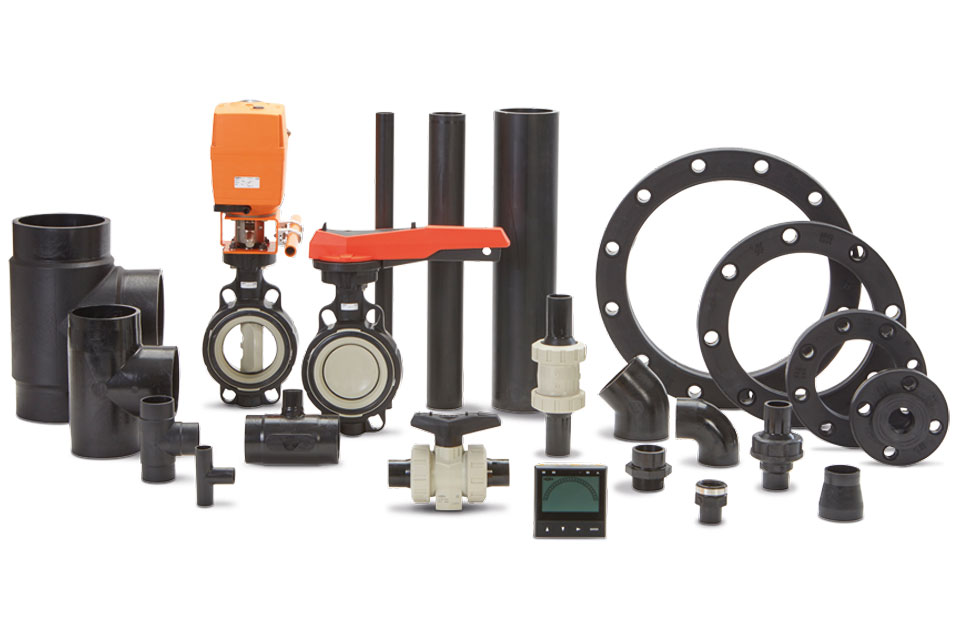Protecting What is Most Precious
Ensuring a worldwide drinking water supply is one of the key challenges today and, therefore, one of the most important and fastest-growing industry sectors. Systems for water intake, production, purification, and distribution need to adapt to diverse regional conditions. Producing drinking water is a demanding challenge that requires state-of-the-art systems. Depending on the application area, choosing plastic material for pipes, valves, and fittings - according to their chemical and mechanical properties - is essential for a long-lasting system. Furthermore, the automation and technology setting is one of the decisive aspects of optimizing the total cost of ownership. With the high-quality system solutions of GF Piping Systems the optimal compatibility of all components is warranted.





























